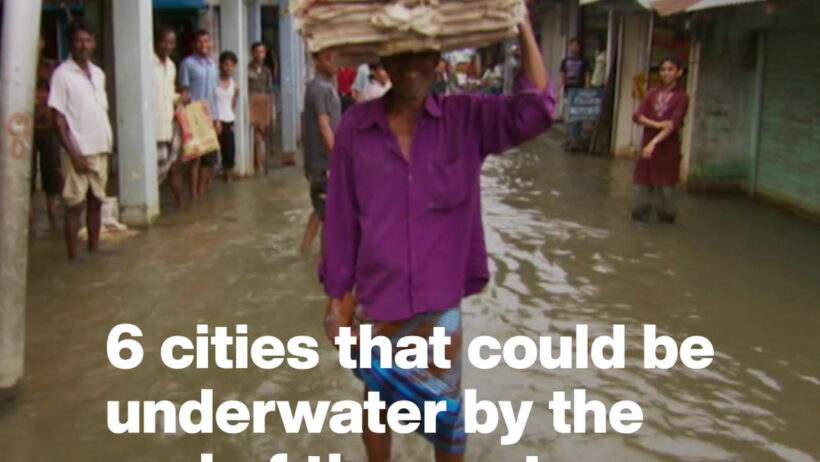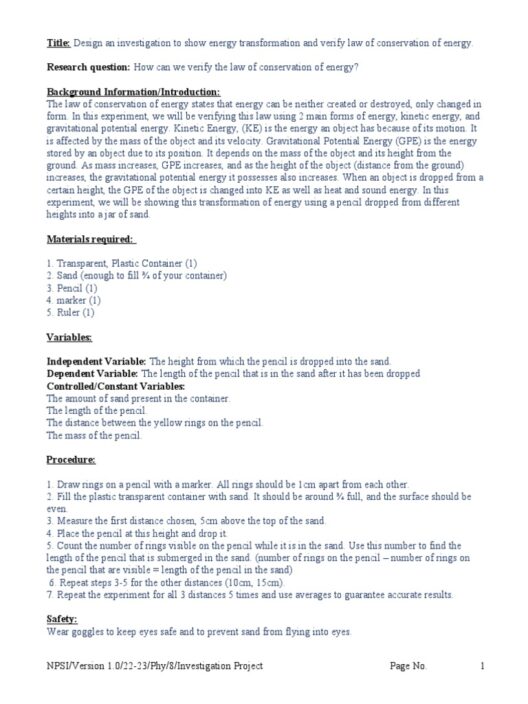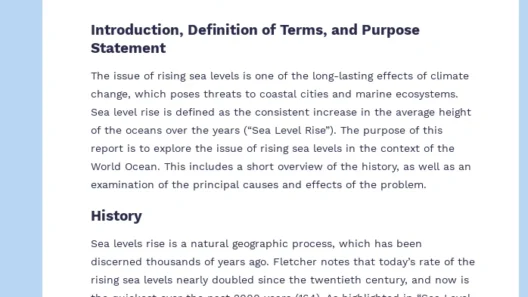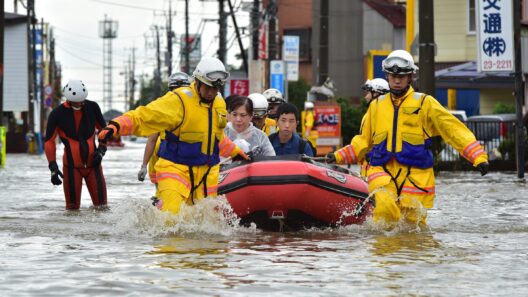As the planet warms, the alarming rise of sea levels poses an existential threat to coastal communities, ecosystems, and economies around the globe. This multifaceted issue demands a comprehensive approach that addresses the root causes of ocean-level change. The mitigation of sea-level rise is not merely a scientific concern; it is intrinsically linked to social equity, economic resilience, and environmental stewardship. By shifting our perspective, we can uncover actionable strategies to combat this pressing challenge.
The mechanics behind sea-level rise are both complex and alarming. As global temperatures rise, polar ice sheets and glaciers melt, contributing to increasing ocean volumes. Additionally, thermal expansion of seawater compounds the problem as water expands when heated. With these two primary factors in play, it becomes imperative to delve into the core issues driving climate change and to adopt robust solutions that can effectively curtail the rise of sea levels.
Sustainable Energy: The Pathway to Decrease Carbon Emissions
At the heart of climate change lies the incessant release of greenhouse gases, particularly carbon dioxide (CO2) from fossil fuel combustion. Transitioning to renewable energy sources is essential for creating a sustainable future. Solar, wind, and hydroelectric power present viable alternatives that can drastically reduce emissions while providing energy security. Investing in these technologies not only contributes to cutting down CO2 levels but also fosters job creation in burgeoning sectors.
Furthermore, advocating for energy efficiency is pivotal. Retrofitting existing structures to comply with higher efficiency standards can significantly reduce energy consumption. In addition, incentivizing the adoption of electric vehicles and public transport systems diminishes reliance on fossil fuels, promoting healthier urban environments.
Conservation of Natural Carbon Sinks: Protecting Our Planet’s Lungs
Forests, wetlands, and oceans play a crucial role in sequestering carbon—absorbing CO2 from the atmosphere and harboring remarkable biodiversity. Heightening conservation efforts of these vital ecosystems can ameliorate the impacts of climate change. Reforestation and afforestation projects have garnered attention for their potential to revitalize deforested landscapes while pulling carbon from the atmosphere. Each tree planted is not just an act of reparation, but a commitment to safeguarding future generations.
Similarly, wetlands serve as both natural barriers against storm surges and effective carbon sinks. Their restoration should be prioritized to enhance their protective capabilities against flooding and erosion—all while nurturing rich biodiversity. Implementing policies to safeguard these areas from urban sprawl and industrialization can create resilient natural infrastructures that fulfill multiple ecological functions.
Innovative Agricultural Practices: Reducing Carbon Footprint
An often-overlooked aspect of sea-level rise is the contribution of agricultural practices to greenhouse gas emissions. Conventional agriculture is a significant emitter of methane and nitrous oxide, potent greenhouse gases that worsen climate change. The adoption of regenerative agricultural practices can enhance soil health and carbon sequestration. Techniques such as cover cropping, rotational grazing, and agroforestry promote biodiversity and soil fertility while reducing emissions.
Moreover, encouraging local food production through urban agriculture can decrease the carbon footprint associated with transportation. Supporting community gardens and farmer’s markets not only fosters food sovereignty but also engenders a sense of community while addressing the climate crisis on a local level. By redefining our relationship with food, we can take strides towards mitigating climate change.
Policy and Governance: A Global Call to Action
Effective governance is paramount to catalyzing change at unprecedented scales. Policymakers must formulate ambitious climate action plans that uphold international commitments, such as those outlined in the Paris Agreement. Establishing stringent emissions reduction targets and implementing carbon pricing can incentivize industries to transition towards more sustainable practices.
Furthermore, climate resilience must be woven into urban planning and infrastructure development. Investing in adaptive measures, such as sea walls and natural buffer zones, can protect vulnerable communities from the immediate threats of rising waters. At the same time, stakeholder engagement is critical. By incorporating indigenous wisdom and local knowledge, policies can be tailored to suit the unique needs of different communities, fostering inclusivity.
Public Awareness and Education: Empowering Communities for Change
Elevating public consciousness about sea-level rise and climate change is vital. Educational campaigns can empower communities to recognize their role in the broader climate crisis and encourage grassroots movements. Workshops, public forums, and digital platforms can facilitate the sharing of knowledge and foster collaborative efforts for change.
Moreover, effective communication about environmental issues can drive collective action. When individuals understand the impacts of their decisions—whether it’s energy consumption, waste generation, or voting patterns—they can make informed choices that contribute to larger systemic shifts. By encouraging a culture of sustainability, a movement can emerge that transcends borders and ideologies.
Conclusion: The Urgency of Now
In conclusion, the rise of sea levels is an urgent issue that demands immediate attention and action. By addressing the root causes, transitioning to sustainable energy, conserving natural carbon sinks, innovating agricultural practices, enacting effective policies, and increasing public awareness, we can mitigate the effects of climate change. It is time to embrace a transformative mindset—one that recognizes the interconnectedness of our world and the urgent necessity to protect it. The future of our planet hinges on our actions today. The question remains: are we ready to take the plunge into a sustainable future?








